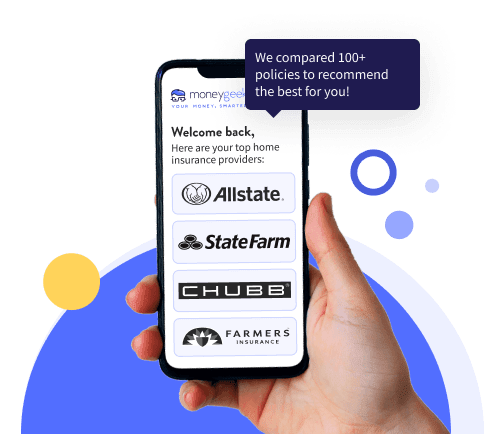Homeowners insurance disbursement has two meanings:
- Claim disbursement: Your insurance company assesses damage, approves your claim and sends payment to cover repair or replacement costs. You'll receive the funds directly or your insurer pays contractors handling the work.
- Escrow disbursement: Your lender collects part of your monthly mortgage payment, holds it in an escrow account and uses those funds to pay your homeowners insurance premiums.
Understanding which type applies helps you track whether money is coming to you or going out for your premiums.



